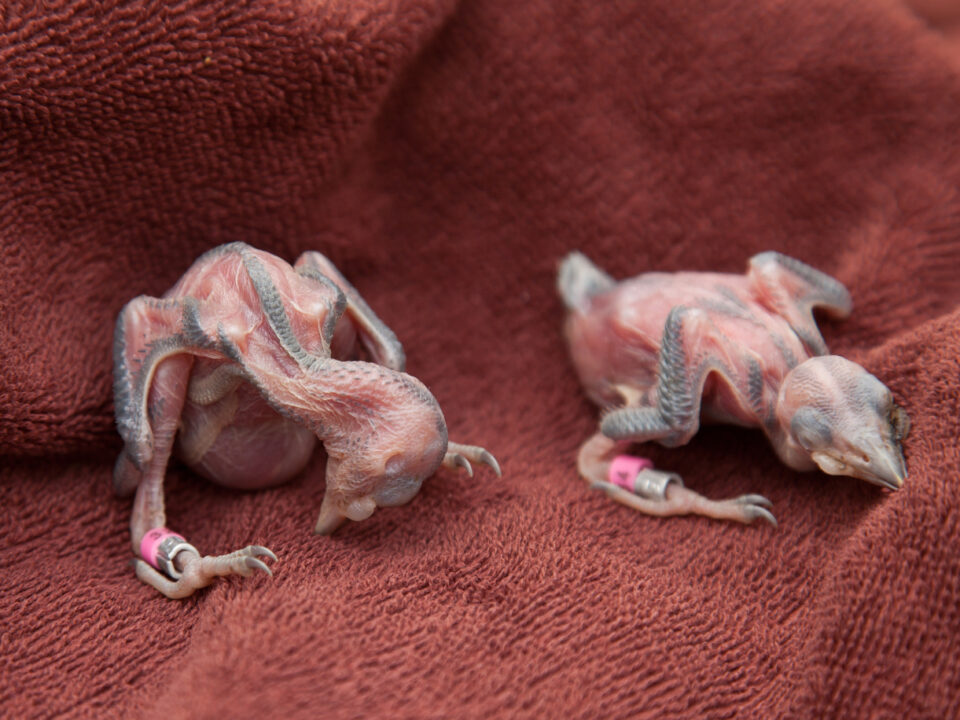CCB assists other groups in tracking eagles
Adult Poses Below Camera
July 14, 2010Camellia Leaves NBG July 13
July 15, 2010
Written by Bryan Watts and Elizabeth Mojica
July 15, 2010
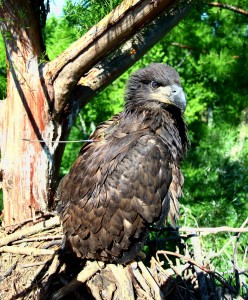
Eagle named “Turner” with satellite transmitter sits in a bald cypress nest. Photo by Bryan Watts.
In May of 2010, Bryan Watts and Libby Mojica traveled to the far western corner of Kentucky to help the Kentucky Department of Fish and Wildlife Resources deploy satellite transmitters on two eaglets. The department monitors active nests within the area and has been interested in eagle use and movements within the Mississippi watershed for some time. The field effort was lead by Kate Heyden with assistance from Ben Leffew and Rob Colvis. The teams met up on Ballard Wildlife Management Area. The management area is a spectacular property with extensive floodplain forest. Two broods were chosen for banding and transmitter deployment including one in a shagbark hickory and one in a bald cypress. We thank the Kentucky Department of Fish and Wildlife Resources for their partnership and hospitality.

A view out over the floodplain forest on Ballard Wildlife Management Area. Photo by Bryan Watts.
You can track the movement of these two eagles through the midwest on the following website: http://www.kdfwr.state.ky.us/baldeagletracking.asp
Norfolk Botanical Garden
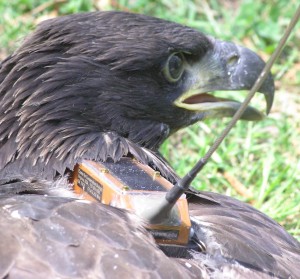
Camellia (#679-01370, banded NC, hatched 11 March 2010), a male eaglet from the NBG nest, wears the satellite transmitter custom-fitted by the Center for Conservation Biology. Photo by the Center for Conservation Biology.
For the second year in a row, CCB has donated a satellite transmitter and tracking time to follow the movements of an eaglet hatched from the Norfolk Botanical Garden (NBG) as part of project EagleTrak. In the spring of 2009, CCB deployed a transmitter on a bird named “Azalea”. During the 2010 breeding season, CCB deployed a transmitter on a bird named “Camellia” by the public. The garden supports one of the most visited eagle cams in the world (open WVEC webcam). Tracking eaglets from this nest contributes to our understanding of eagle dispersal ecology in the lower Chesapeake Bay while allowing the general public to learn more about how these birds spend their time after they leave the nest.
You can follow the travels of both Azalea and Camellia by way of a blog of their activities at the EagleTrak blog.
Kentucky project sponsored by the Center for Conservation Biology (CCB), the Kentucky Department of Fish & Wildlife Resources (KDFWR).
Norfolk project partners: The Center for Conservation Biology (CCB), Norfolk Botanical Garden (NBG), the Virginia Department of Game & Inland Fisheries (VDGIF), Nuckols Tree Care, Inc., WVEC News, Seaturtle.org (aka wildlifetracking.org), and Microwave Telemetry, Inc. (MTI).




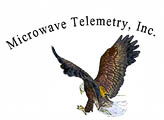
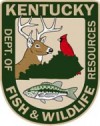
Related posts
Adult female from Elkins Chimney territory. Both the female and male were lost from this site between 2024 and 2025 nesting seasons and were not replaced. This territory has been occupied since 1995. Five territories were vacated between 2024 and 2025 along the Delmarva Peninsula in VA. Photo by Bryan Watts

